5 Unexpected Twists to Elevate Your Thai Spicy Noodles Game
Spice lovers, unite! There’s something undeniably magical about a steaming bowl of Thai spicy noodles. The fiery kick, the fragrant herbs, and the comforting slurp of perfectly cooked noodles — it's like a flavor explosion in your mouth. But if you're stuck in a rut with the same old recipe, it might be time to mix things up.
In this article, we’ll explore five unexpected twists that can transform your Thai spicy noodles from standard to sensational. Plus, we’ve included some pro tips and a handy table comparing popular spice levels so you know exactly what you’re getting into!
Why Thai Spicy Noodles Are a Global Sensation
- Cultural Roots: Thai cuisine is known for its balance of sweet, salty, sour, and spicy flavors. This harmony makes dishes like spicy noodles irresistible.
- Global Appeal: From Bangkok street carts to New York food trucks, Thai spicy noodles have found their way into hearts (and stomachs) worldwide.
- Versatility: Whether you prefer your noodles stir-fried, in a broth, or drenched in curry, there’s a Thai noodle dish for everyone.
Top 5 Unexpected Twists for Thai Spicy Noodles
1. Swap Chili Paste with Fermented Black Beans
If you're used to using red or green curry paste for heat, try adding fermented black beans for a punchy, umami-rich alternative. They bring a different kind of depth and earthiness that complements chili beautifully.

2. Add a Splash of Tamarind for Sweet-Sour Contrast
Tamarind is a staple in many Thai dishes but often underused in spicy noodle recipes. A teaspoon of tamarind paste can add a tangy sweetness that balances out the heat, making each bite more complex and satisfying.
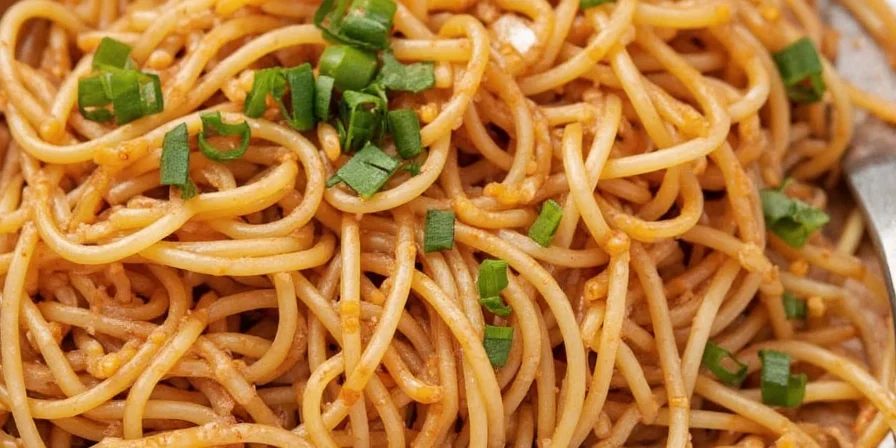
3. Infuse Your Oil with Lemongrass or Kaffir Lime Leaves
A simple garlic-chili oil is classic, but why stop there? Infusing your cooking oil with lemongrass stalks or kaffir lime leaves adds a citrusy aroma that enhances the entire dish. It’s an easy trick with big results.
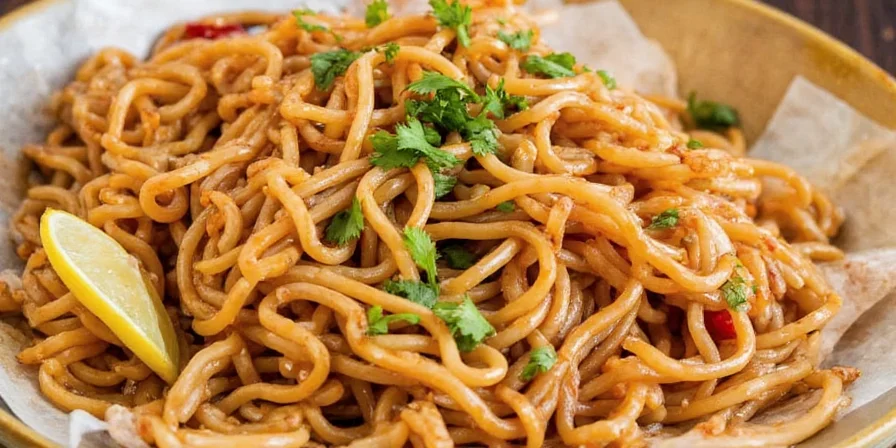
4. Use Coconut Milk for Creamy Heat
Coconut milk isn’t just for curries. Stirring in a splash at the end of cooking softens the heat and creates a rich, velvety texture that clings to every noodle strand. Bonus: it helps tame overly aggressive spiciness without sacrificing flavor.
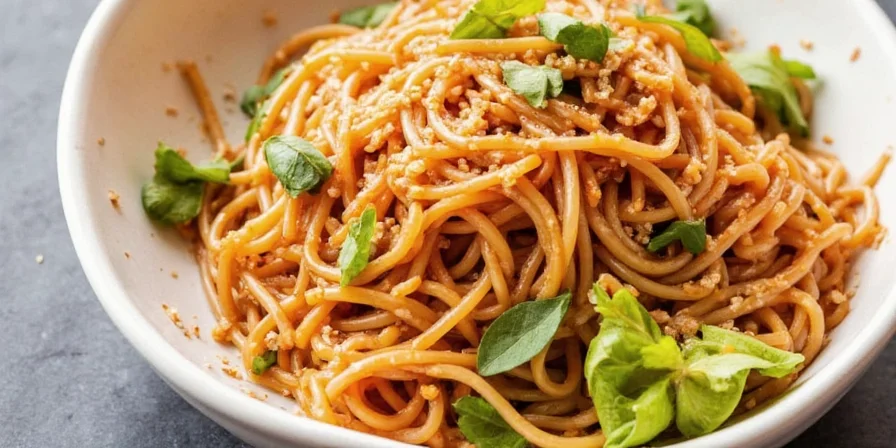
5. Top with Crunchy Peanuts and Fried Shallots
Texture plays a huge role in how we experience flavor. Adding crunchy toppings like roasted peanuts or crispy fried shallots gives each mouthful a delightful contrast — think heat meets crunch in perfect harmony.
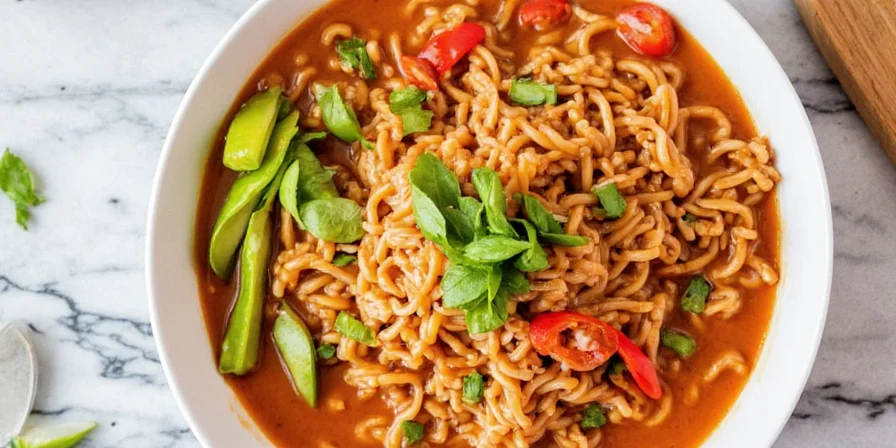
Spice Level Comparison Chart
To help you decide how hot you want your next bowl of Thai spicy noodles, here’s a quick reference chart comparing common ingredients and their Scoville Heat Units (SHU).
| Ingredient | Scoville Heat Units (SHU) | Heat Level | Flavor Profile |
|---|---|---|---|
| Bell Pepper | 0 | Mild | Sweet, crisp |
| Jalapeño | 2,500–8,000 | Medium | Fruity, grassy |
| Thai Bird’s Eye Chili | 50,000–100,000 | Hot | Sharp, intense |
| Habanero | 100,000–350,000 | Very Hot | Tropical, citrusy |
| Ghost Pepper (Bhut Jolokia) | 1,000,000+ | Extreme | Smoky, slow-building heat |
Pro Tips for Perfect Thai Spicy Noodles Every Time
- Use Fresh Ingredients: Fresh chilies, lemongrass, and lime juice make a world of difference. Avoid pre-packaged pastes unless necessary.
- Balancing Act: Always taste as you go. If it’s too spicy, add a bit of palm sugar or coconut milk to mellow things down.
- Noodle Matters: Use rice noodles for pad thai or vermicelli for soups. For stir-fries, egg noodles hold up better to bold sauces.
- Dry vs Wet: Choose your style! Dry stir-fried noodles are great for smoky wok hei, while brothy versions are soul-warming and easier to digest.
- Don’t Forget the Garnish: Fresh basil, lime wedges, crushed peanuts, and sliced chili should always be within arm’s reach.

The Secret Ingredient You Didn’t Know You Needed
Believe it or not, one ingredient can take your Thai spicy noodles from “just okay” to “restaurant-worthy” — and it’s probably already in your pantry: fish sauce. Not only does it boost umami, but it also rounds out the other flavors, especially when balanced with a touch of sweetness from palm sugar.
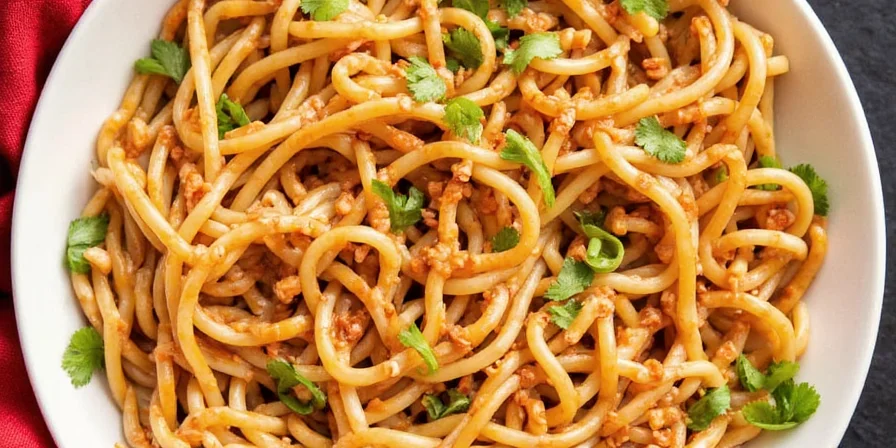
Conclusion: Spice Up Your Life with These Noodle Hacks
Thai spicy noodles are more than just a meal — they’re an experience. Whether you're a seasoned chef or a curious home cook, these five twists will help you unlock new layers of flavor and creativity in your kitchen.
Remember, the key to great Thai food lies in balance — between heat, acidity, sweetness, and saltiness. So don’t be afraid to experiment, adjust, and most importantly, enjoy the process. After all, the best bowls of noodles are the ones made with passion and a little bit of flair.
Now grab your wok, your favorite noodles, and let’s turn up the heat!

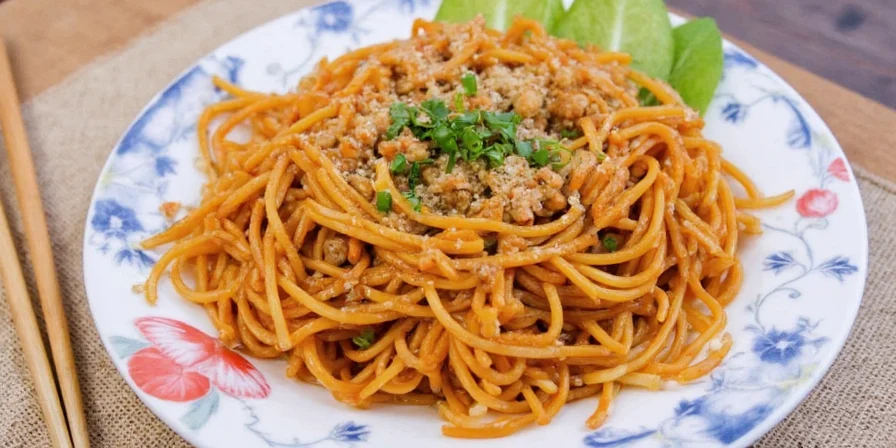









 浙公网安备
33010002000092号
浙公网安备
33010002000092号 浙B2-20120091-4
浙B2-20120091-4